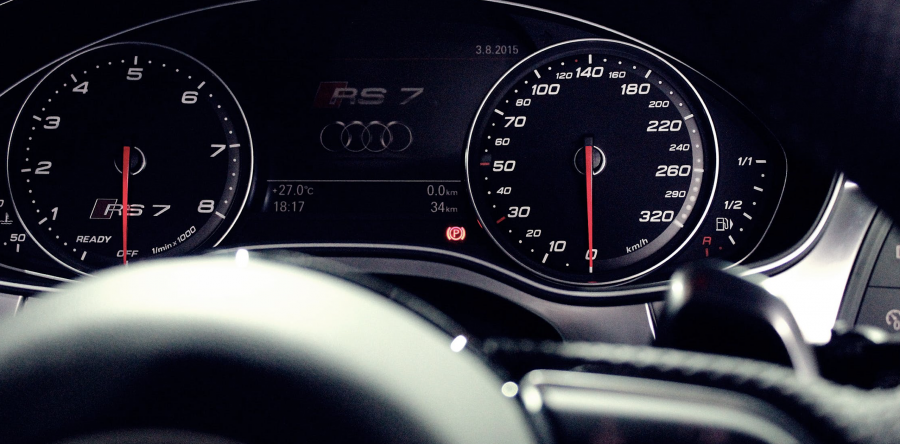There are plenty of factors to take into consideration when you're approaching that point where you want to trade in/trade up with your vehicle. But just when it that perfect time?
It's important to remember that there isn't an exact science to the process. However, here are a few important factors that might help you make a decision:
- Year of your model. The older your car is, the less trade value it's going to hold - that probably seems obvious. But it's important to remember that the worst of the depreciation on your vehicle happens within the first few years of ownership. After that, its value is still going to decrease but at a decreasing rate. So, if you've been hanging onto your car for a long time already, keeping it even longer means you'll be mitigating its loss in value with each passing year - make sense? In other words, chances are that the longer you've owned the vehicle, the less sense it makes to trade in/up.
- Repair bills. Historically, how has your vehicle held up? If "it's always something" with your vehicle, i.e., you fix one problem and another appears, it might be wise to get it into the best working/mechanical shape that you can and then cut your losses. Many of us have had a vehicle that never stopped going downhill once it started, and we all know it's simply not worth the stress and constant headache.
- Your odometer. Sometimes this goes right along with the year of a car's model, and other times, depending on the owner, there is no correlation whatsoever. What's important regardless is that there are certain milestones that a vehicle hits in terms of mileage that greatly affect its value. Here are a few of those and what they mean:
- 30,000-40,000 miles: Vehicles commonly have 3-Year/36,000-mile basic limited warranties, so once you pass this mark, it will be less attractive to its next owner. Trading your car well before or well after avoids the gray area where both parties doubt their decision.
- 60,000-70,000 miles: Another servicing milestone, and let's face it, the vehicle is no spring chicken at this point. It's simply racked up a good amount of miles, but as long as it's a reliable make and model, there are plenty of miles left. It would be more easily marketable to a potential buyer/trader if you can prove the vehicle is in tip-top shape for its age/mileage.
- 100,000 miles: This one's obvious. The standard 5-Year/100,000-mile powertrain warranty is no longer valid, so all bets are off. Plus, there's the mental stigma of the extra digit that makes it less attractive. Not unlike the last milestone, trading your vehicle between 80,000-90,000 miles will probably put both parties more at ease. Otherwise, just hang onto your vehicle, cross your fingers, and see how far you can take it!
Again, it's important to note that we'd never claim that there's a one-size-fits all approach. But we hope this has helped shed a little light on things to consider when you feel ready to trade up or trade in, and we'd love to help you SwapYourAuto when you're committed. You can register for free today!



